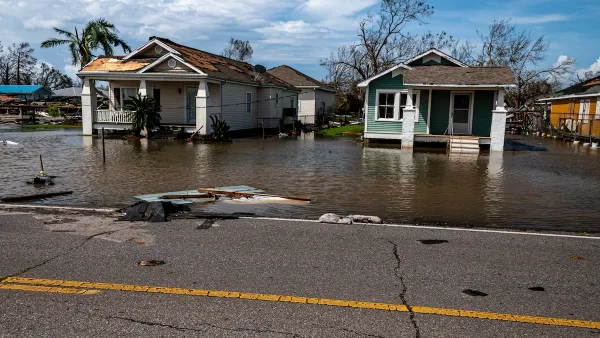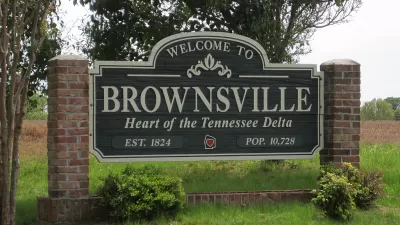Living Cities set out to lend money to community development financial institutions in five distressed cities but were met with a mountain of challenges. Here are the lessons learned from addressing the lack of "capital absorption capacity."
You can't just throw money at a problem, right?
Living Cities knows that, says Robin Hacke, and so set out to lend money to community development financial institutions but soon ran into problems that prevented their dollar from making a big impact.
Says Hacke, "We defined capital absorption capacity as the ability to make effective use of different forms of capital to provide needed goods and services to underserved communities, and then asked: How can you create capital absorption capacity? What makes places effective at deploying community investment?"
So, Living Cities developed a tool that would help organizations go from getting the money to help distressed communities to implementing the money to help distressed communities.
"We are still at an early stage of exploration. We are curious about how places vary in the ways they approach the capital absorption functions and about what interventions will prove to make the biggest different in strengthening capital absorption capacity. We have begun to learn about challenges and opportunities to improve the system as a whole. For example, we have been surprised by the lack of available data about the subsidies used in community investment deals or about the volume and characteristics of such deals," Hacke says.
FULL STORY: Letting the Dollars Land

Planetizen Federal Action Tracker
A weekly monitor of how Trump’s orders and actions are impacting planners and planning in America.

Vehicle-related Deaths Drop 29% in Richmond, VA
The seventh year of the city's Vision Zero strategy also cut the number of people killed in alcohol-related crashes by half.

As Trump Phases Out FEMA, Is It Time to Flee the Floodplains?
With less federal funding available for disaster relief efforts, the need to relocate at-risk communities is more urgent than ever.

Judge Reverses Federal Funding Freeze for EV Infrastructure
A federal judge ordered the Trump administration to release funding for the National Electric Vehicle Infrastructure Program, a $5 billion program aimed at improving charging infrastructure.

Santa Monica May Raise Parking Permit Fees
The city says the changes would help better manage curb space and support its sustainability goals.

Portland Housing Bond Created Nearly 5,000 Units, But Affordability Remains Out of Reach
Despite better-than-expected results from multiple local housing bonds, housing costs and homelessness remain top of mind for many Oregonians.
Urban Design for Planners 1: Software Tools
This six-course series explores essential urban design concepts using open source software and equips planners with the tools they need to participate fully in the urban design process.
Planning for Universal Design
Learn the tools for implementing Universal Design in planning regulations.
JM Goldson LLC
Custer County Colorado
Sarasota County Government
City of Camden Redevelopment Agency
City of Astoria
Transportation Research & Education Center (TREC) at Portland State University
Camden Redevelopment Agency
City of Claremont
Municipality of Princeton (NJ)





























